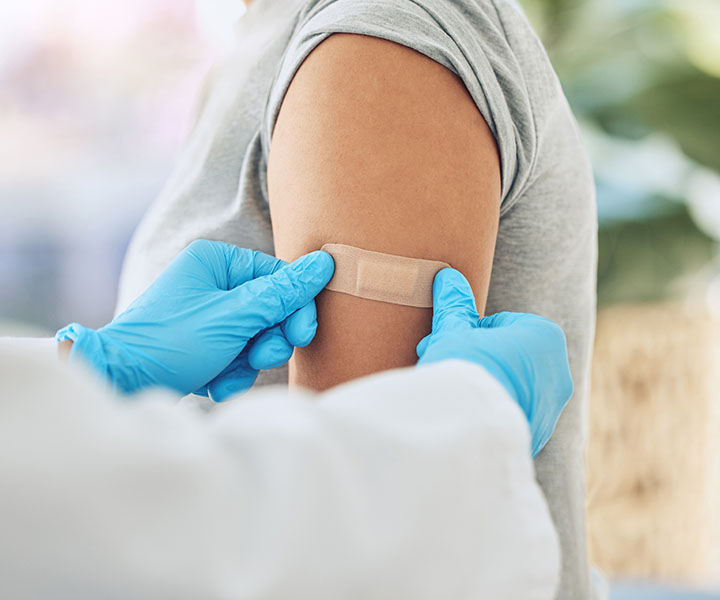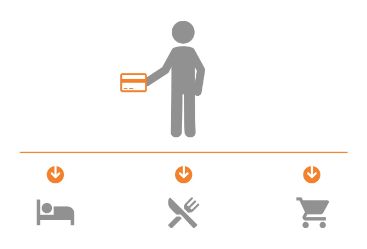Low influenza vaccination coverage in Switzerland
24 January 2024 | Comment(s) |
Geneviève Aguirre-Jan

Seasonal influenza is a public health problem, particularly for high-risk patients. Therefore, vaccination is essential for this population, and needs to be assessed as precisely as possible.
Data from health insurers can help to establish a realistic rate of vaccination coverage for at-risk patients, and to identify factors likely to influence vaccination rates (associated factors), as shown by the study "Influenza vaccination uptake at-risk patients in Switzerland - The potential of national claims data for surveillance", conducted by the Institute of Family Medicine at the University of Zurich, together with Groupe Mutuel.
330,000 medical visits and 5,000 hospitalisations
Every year, influenza results in around 330,000 medical visits and up to 5,000 hospitalisations in Switzerland. Influenza statistics are monitored annually by the Federal Office of Public Health (FOPH) through two reporting programmes, one that is compulsory for laboratories, and the other on an optional basis for general practitioners.
The FOPH estimates the vaccination rate based on population surveys. These surveys show that the vaccination rate is only 35% among the at-risk population. However, this figure may be overestimated since it is based on self-reporting.
The study "Influenza vaccination uptake at-risk patients in Switzerland - The potential of national claims data for surveillance" aims to assess the influenza vaccination rate of at-risk patients, i.e. patients aged 65 or over, or who have been suffering from poly-morbidities since the age of 18, based on anonymized data provided by Groupe Mutuel. The study also identifies a number of associated factors that can explain, or even influence, the vaccination rate.
The vaccination status of 214,668 people, who belong to this at-risk population, was carefully examined over the following flu seasons: 2015/2016 - 2016/2017 - 2017/2018.
Low vaccination rates overall
The study has shown that the vaccination rate is only 19% for this at-risk population as a whole, which is low compared with the vaccination target (75%) recommended by the World Health Organization (WHO) for this population. Vaccination rates vary according to patient category:

Associated factors

The study reveals that patients who visit their GPs regularly (more than 10 times a year), as well as those suffering from pulmonary pathologies, are associated with higher vaccination coverage rates. Similarly, patients in care homes (EMS) have a higher coverage rate that ranges from 38.4% to 41.1%, depending on the season.
On the contrary, patients who have chosen a high deductible amount for their health insurance are associated with lower vaccination coverage rates.
These are interesting results, don’t you think? But they are not without flaws. Like any study, this one has its limitations. For example, the database contains no information on vaccinations carried out at work (and paid for by the employer), in pharmacies (and paid for directly by patients) or in the case of insured persons who did not send their bill to the insurance company (because they had not yet reached their deductible amount). Therefore, the vaccination rate found here may be underestimated.
Conclusion
This study makes two observations:
- Vaccination rates among at-risk individuals are well below recommendations of the WHO.
- The use of health insurance data complements the FOPH's surveillance data, as they highlight associated factors, making it possible to consider the implementation of targeted vaccination promotion measures.
However, the most important measure for promoting vaccination among high-risk patients is to remind them of the benefits of vaccination in terms of reducing the risk of contamination and complications.

























































